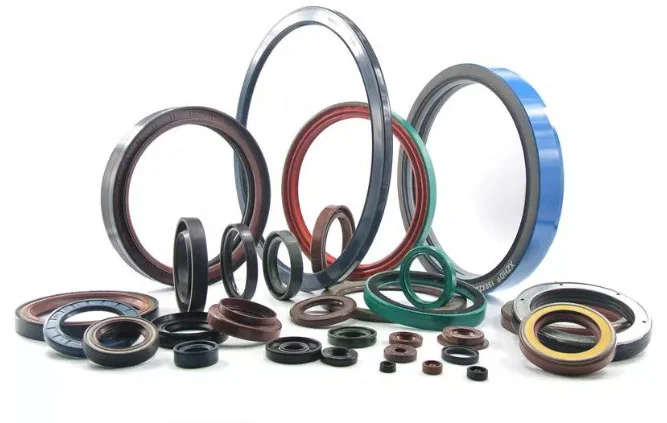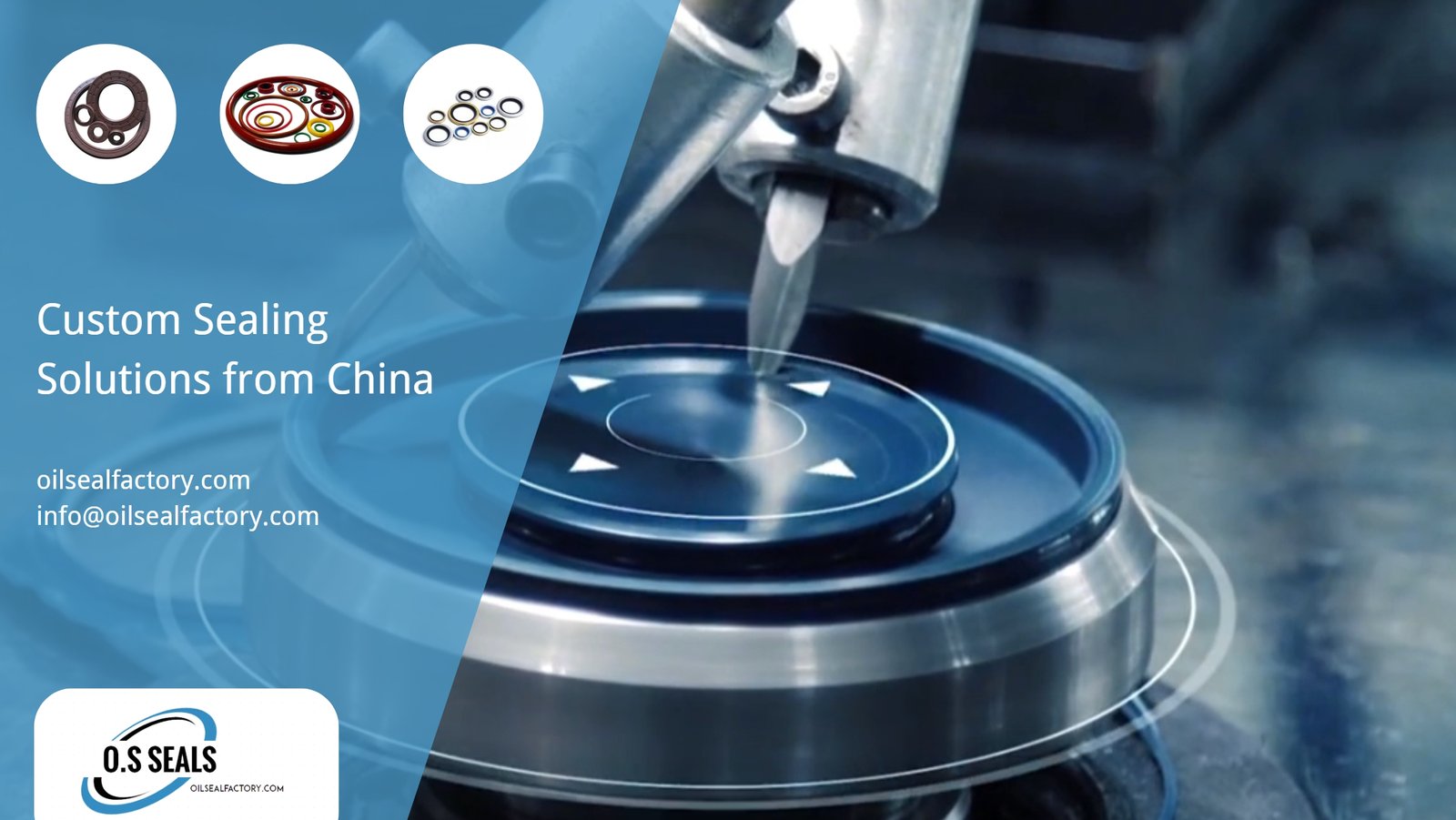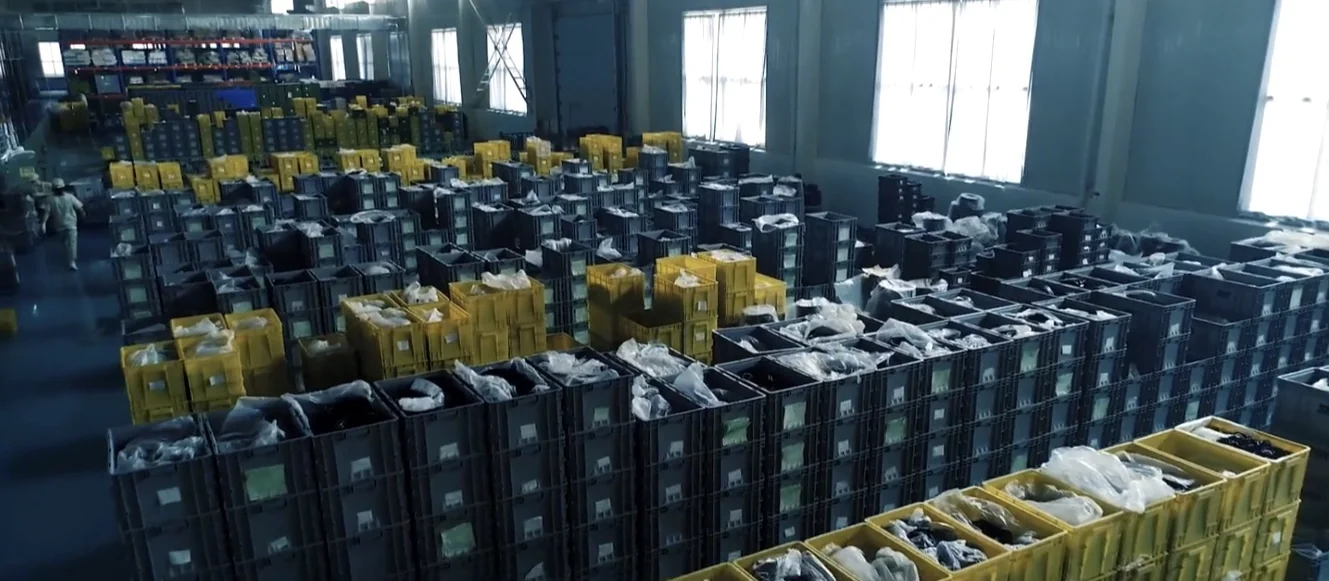Introduction
Hydraulic seals, crucial components within hydraulic systems, play a pivotal role in preventing fluid leakage and ensuring efficient operation across various industries. From construction equipment to aerospace manufacturing, understanding the diverse applications and considerations of hydraulic seals is paramount.
Exploring Hydraulic Seal Materials
Hydraulic seals are crafted from elastomers like rubber and plastics such as PTFE and polyurethane, each possessing unique properties suited for different operational requirements. While elastomers dominate, non-elastic materials like felt and leather find utility in specific scenarios. Understanding the fabrication processes, whether through extrusion or sintering, sheds light on the durability and effectiveness of these seals.
Dynamic and Static Seals Differentiation
Hydraulic seals are broadly categorized into dynamic and static seals, each serving distinct functions. While static seals act as gaskets, preventing leaks between immobile surfaces, dynamic seals accommodate relative motion, sealing gaps effectively during reciprocation, oscillation, or rotation. Delving into the intricacies of axial and radial static seals alongside reciprocating, oscillating, and rotary dynamic seals elucidates their operational nuances.
Exploring Main Types of Hydraulic Seals
Piston seals and rod seals, categorized as lip seals, form the cornerstone of hydraulic seal applications. Understanding their mechanisms, from single-acting to double-acting piston seals, and the crucial role of static rod seals in regulating lubrication, underscores their significance in maintaining hydraulic system efficiency. Additionally, auxiliary seals like rod wipers, buffer seals, and guide rings contribute to system integrity and longevity.
Specialized Hydraulic Seals and Applications
Beyond conventional seals, specialized variants like oil seals, metallic bonded seals, and X rings cater to specific industry demands. Their resilience to adverse conditions, compatibility with various fluids, and enhanced sealing capabilities make them indispensable across industries ranging from aerospace to automotive manufacturing. Furthermore, custom seals tailored for unique applications exemplify the adaptability and versatility of hydraulic sealing solutions.
Considerations for Optimal Seal Selection
Selecting the right hydraulic seal entails meticulous consideration of factors such as operating conditions, space constraints, temperature fluctuations, and chemical compatibility. Understanding the implications of compression set, vacuum ratings, and pressure thresholds facilitates informed decision-making, ensuring optimal seal performance and longevity. Prioritizing critical seals like rod and wiper seals mitigates the risk of system failure due to contamination or pressure loss.
In conclusion, the comprehensive understanding of hydraulic seals, from their materials and operations to their diverse applications and considerations, underscores their indispensable role in hydraulic systems across industries. Collaborating with knowledgeable hydraulic specialists and suppliers facilitates informed seal selection, ensuring reliable and efficient system performance, thereby enhancing operational efficiency and productivity across diverse industrial sectors.





